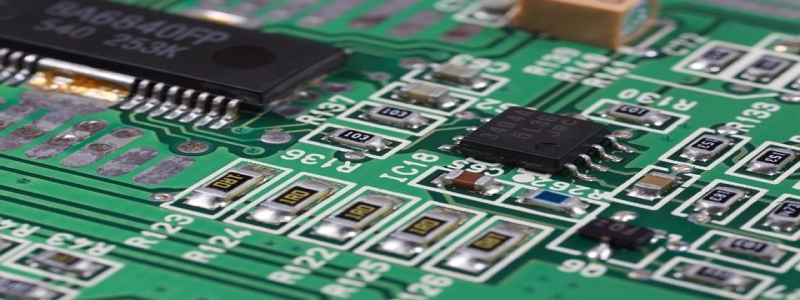IEEE Ethernet Standard
1. การแนะนำ
The IEEE Ethernet Standard is a set of specifications and guidelines for the design and operation of Ethernet networks. Ethernet is a widely used technology for local area networks (LANs) and has become the de facto standard for wired network connections. This article will provide a detailed explanation of the IEEE Ethernet Standard and its various components.
2. Ethernet Evolution
The evolution of Ethernet can be traced back to the 1970s when it was developed by Xerox Corporation’s Palo Alto Research Center (PARC). Initially, Ethernet operated at a speed of 2.94 Mbps and used coaxial cables to connect computers. Over the years, Ethernet has undergone several upgrades, leading to increased speeds, improved performance, and the use of different types of cables.
3. Physical Layer
The physical layer of the IEEE Ethernet Standard defines the electrical and mechanical rules for transmitting data over a physical medium. It specifies the types of cables that can be used, such as twisted pair, fiber optic, or coaxial, as well as the connectors and pin assignments. The physical layer also determines the maximum length of the cable, the data signaling rate, and the encoding schemes.
4. Data Link Layer
The data link layer is responsible for the reliable transmission of data over the physical medium. It is divided into two sublayers: the Media Access Control (MAC) and the Logical Link Control (LLC). The MAC sublayer is responsible for controlling access to the physical medium and ensuring that multiple devices can communicate without interference. The LLC sublayer provides an interface between the data link layer and the network layer.
5. Ethernet Frames
In the IEEE Ethernet Standard, data is transmitted in the form of Ethernet frames. An Ethernet frame consists of a header, data payload, and a trailer. The header contains information such as the source and destination MAC addresses, while the data payload carries the actual data being transmitted. The trailer includes an error detection code to ensure data integrity.
6. Ethernet Speeds
The IEEE Ethernet Standard has defined various speeds at which data can be transmitted over Ethernet networks. These speeds include 10 Mbps (อีเทอร์เน็ต), 100 Mbps (Fast Ethernet), 1 Gbps (Gigabit Ethernet), 10 Gbps (10 Gigabit Ethernet), 40 Gbps (40 Gigabit Ethernet), and 100 Gbps (100 Gigabit Ethernet). Each speed has its own set of requirements and specifications, including cable types, maximum distances, and encoding schemes.
7. Ethernet Switching
Ethernet switching is a method of connecting multiple Ethernet devices together to create a network. Switches are devices that receive incoming data frames and forward them to the appropriate destination based on the MAC addresses. Ethernet switches have evolved over the years to support additional features such as VLANs (Virtual LANs), QoS (Quality of Service), and link aggregation.
8. บทสรุป
The IEEE Ethernet Standard is a comprehensive set of specifications that govern the design and operation of Ethernet networks. It covers aspects such as physical layer requirements, data link layer protocols, frame formats, and Ethernet speeds. The standard has played a crucial role in the widespread adoption of Ethernet as the preferred technology for LANs and has enabled the development of high-speed, reliable, and scalable networks.








